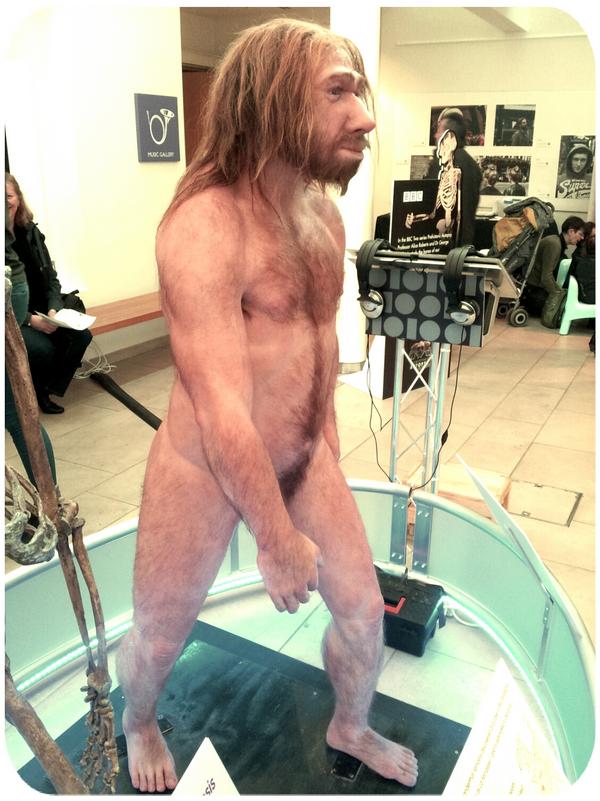Welcome to the new weekly digest of posts from around the web with relevance to natural science collections. We hope you find this useful and if you have any articles that you feel would be of interest, please contact us at blog@natsca.org
1. Blog: Dr Woodward’s Fossils
Dr Ken McNamara, Sedgwick Museum of Geology
Synopsis
How the Sedgwick Museum began as a collection of 10,000 fossils ‘of all kinds’ belonging to John Woodward, and his bequest of £100 a year to ‘keep a lecturer’. The fossils were kept for 300 years in five beautiful walnut cabinets, pictured herein. Originally called the Woodwardian Museum, this blog looks at how Woodward helped to shape the museum, and the legacy he left behind.
http://blog.geolsoc.org.uk/2014/02/21/dr-woodwards-fossils/
2. Blog: What can Twitter do for our collection?
Giles Miller, Natural History Museum
Synopsis
Case study showed ‘major players’ retweeting you leads to a greater number of retweets and new followers. Timing of tweets is essential, e.g. weekend tweets hardly ever get retweeted. Twitter may not affect KPIs in a measurable manner, but it opens up the museum to an audience that would never otherwise visit for logistical reasons. It also facilitates access to parts of the collections that are not on display.
http://www.nhm.ac.uk/natureplus/blogs/micropalaeo/2014/02/18/how-did-twitter-help-our-collection
3. Event: The Future of Museums
A conference and workshop for early career museum professionals
Synopsis
Designed to collate the ideas of aspiring museum professionals, a series of talks and discussions will be followed by the opportunity for delegates to collaborate on a manifesto for museums and collections.
http://museumsshowoff.wordpress.com/the-future-of-museums/
4. Event: Human Evolution – The Story of Us
A four hour only pop-up event Friday 7th March at UCL
Synopsis
This mini exhibition will showcase rarely seen objects from UCL’s Biological Anthropology Collection of early hominin fossil casts, including Lucy, the famous Australopithecus afarensis from East Africa. The objects exhibited will also include tools and visitors will have the chance to ‘meet the scientists’. The event will take place in the Rock Room at UCL, which has permanent displays of geological collections.
http://blogs.ucl.ac.uk/museums/2014/02/27/human-evolution-the-story-of-us/

Neanderthal from BBC’s Prehistoric Autopsy exhibition at the Horniman Museum. (C) Paolo Viscardi
5. Event: Written in Stone: Life and Death in the Fossil record
Evening workshop at the Lapworth Museum of Geology, Birmingham
Synopsis
The workshop will be an interactive exploration of Cambrian organisms that formed part of the Cambrian Explosion and the subsequent Biodiversification Event of the Ordovician. These two points in Earth’s history are considered to be the foundations of the Earth’s biodiversity in the modern day.
Compiled by Emma-Louise Nicholls, NatSCA Blog Editor


